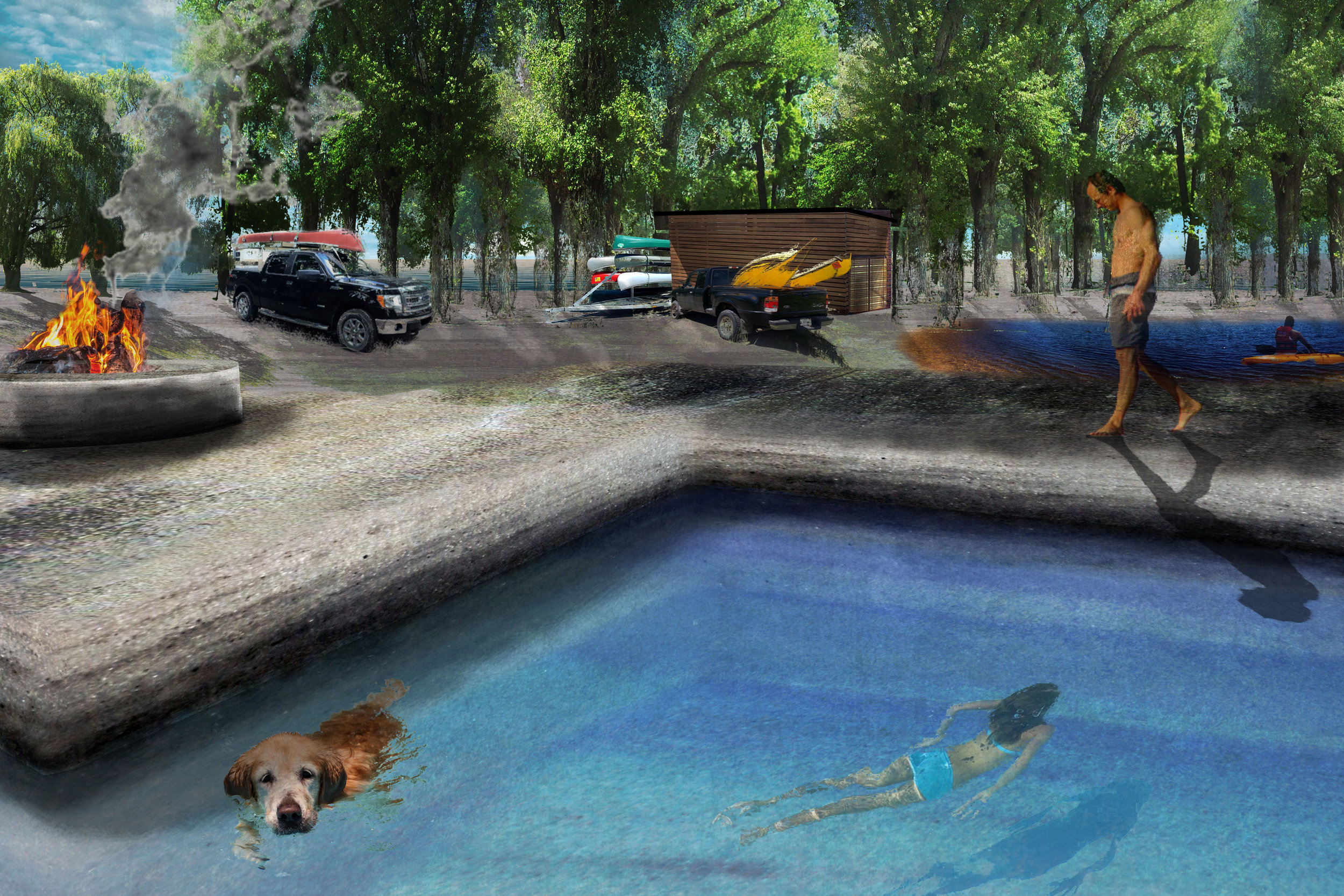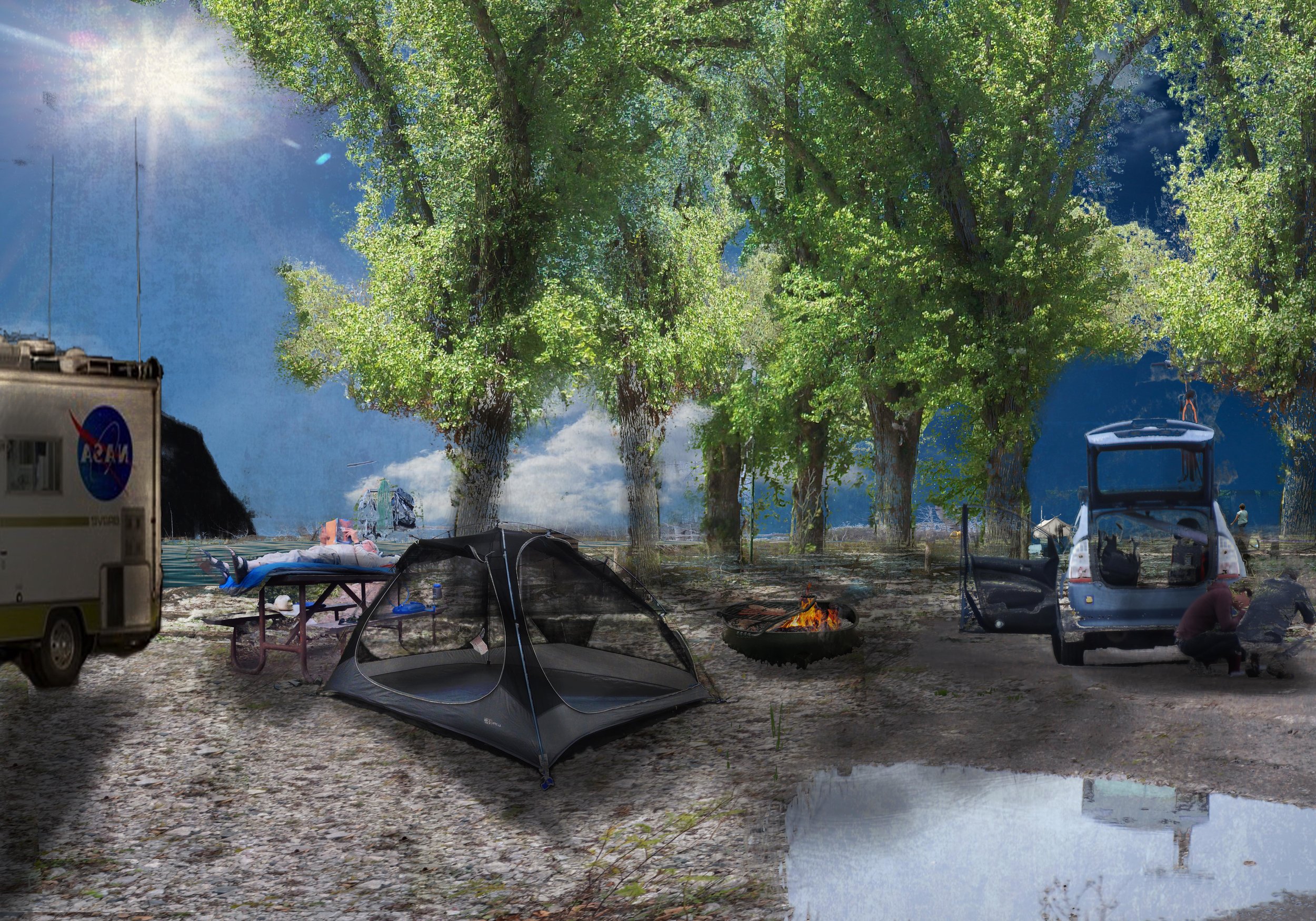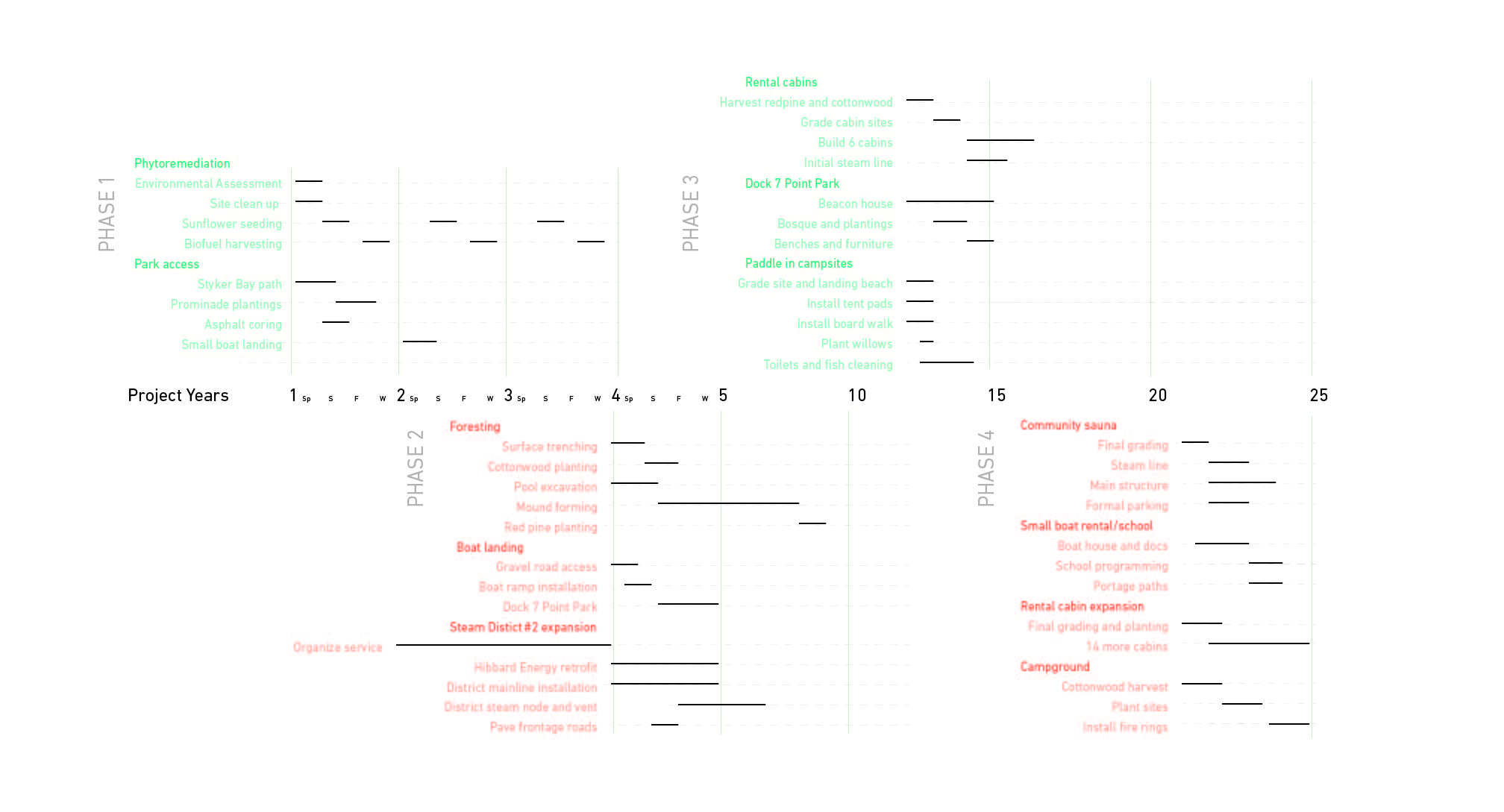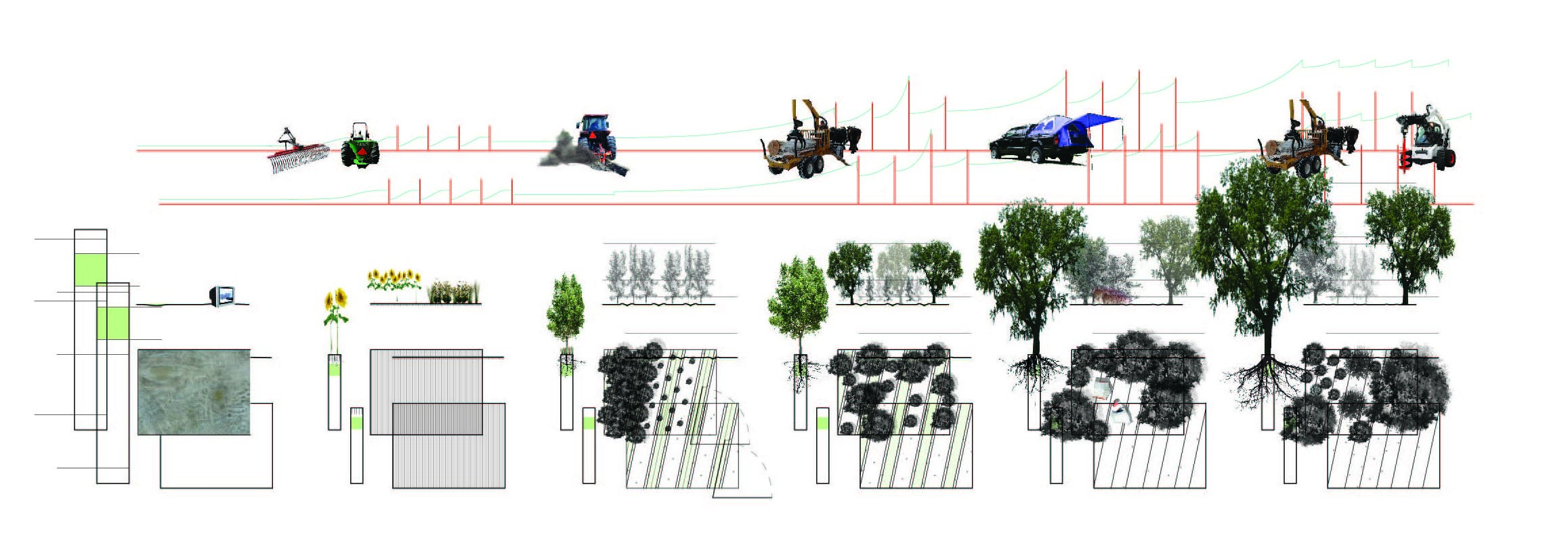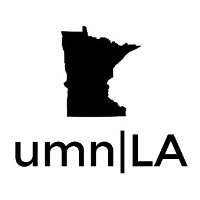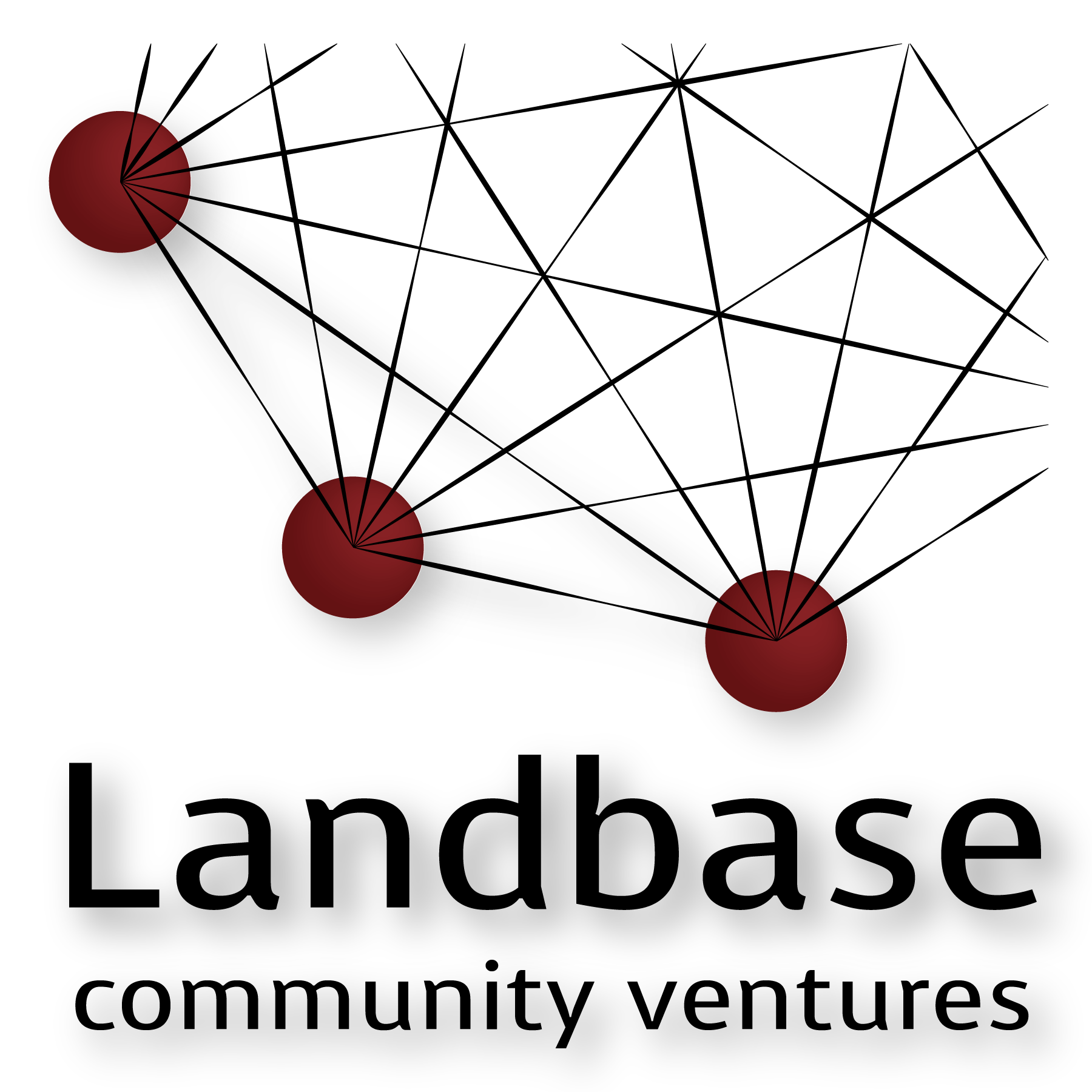A design proposal to extract community infrastructure from industrial economy.
Location:
Historic Hallett Co. Dock # 7
Duluth, Minnesota
46°43'18.47"N - 92° 9'38.16"W
Current Disconnects:
Dock 7 is an industrial accretion but the industrial processes stopped just short of making living land. Because of this, now that the land has moved out of industrial service, it has become a back alley - owned but not overseen by an absentee landlord. Our proposal seeks to complete the accretion process and build an ecology on the site. An ecology that can sustain itself enhancing the space, access to the river, and the neighborhood around.
Landbase + Resources:
Because the site is made of industrial fill dumped into the Saint Louis River Estuary, soil must be formed on site to form ecologies. This process is an opportunity to couple the site and its programs the neighboring community and industries. Phase 1 requires 3-5 years of phyto-remediation with sunflowers and other bio-accumulators, depending on environmental assessments. Access is limited to a single promenade on the water’s edge with a dramatic turn through the sunflower field. Phase 2 tills the generated organic material into the soil and forms furrows that allow cottonwoods to grow on site, accelerating the process of bio-accumulation. A pond is dredged, separating the site into developed and undeveloped spaces. Phase 3 transforms the new ecology into spaces to camp, stay, bath, paddle, launch boats, and access the expanse of the estuary. Construction can be phased in as funding is acquired and community needs direct. The pinnacle of the site the end of the dock where formal park space, boat launches, and a warming house offer the neighboring community places to gather and get away.
Potential Future:
The goal of the Western Waterfront Cogeneration project is to take a centralized industrial system—energy production at the Hibbard plant—and couple it with a decentralized political community—the surrounding Irving Park neighborhood. In doing so, power is given to the community that is living with the components of industrialization and the environmental impacts that this brings. In this project, we could have removed the plant, ignored it, or masked it, but fueled by renewable biomass from local and regional sources, it is a sustainable source of energy, vital for future resilience.
Status Updates:
Design
- Initial project partners developing initial testing location.
community presentations
not feasible at this time
growing a park
Co-generating community space
Project Partners








